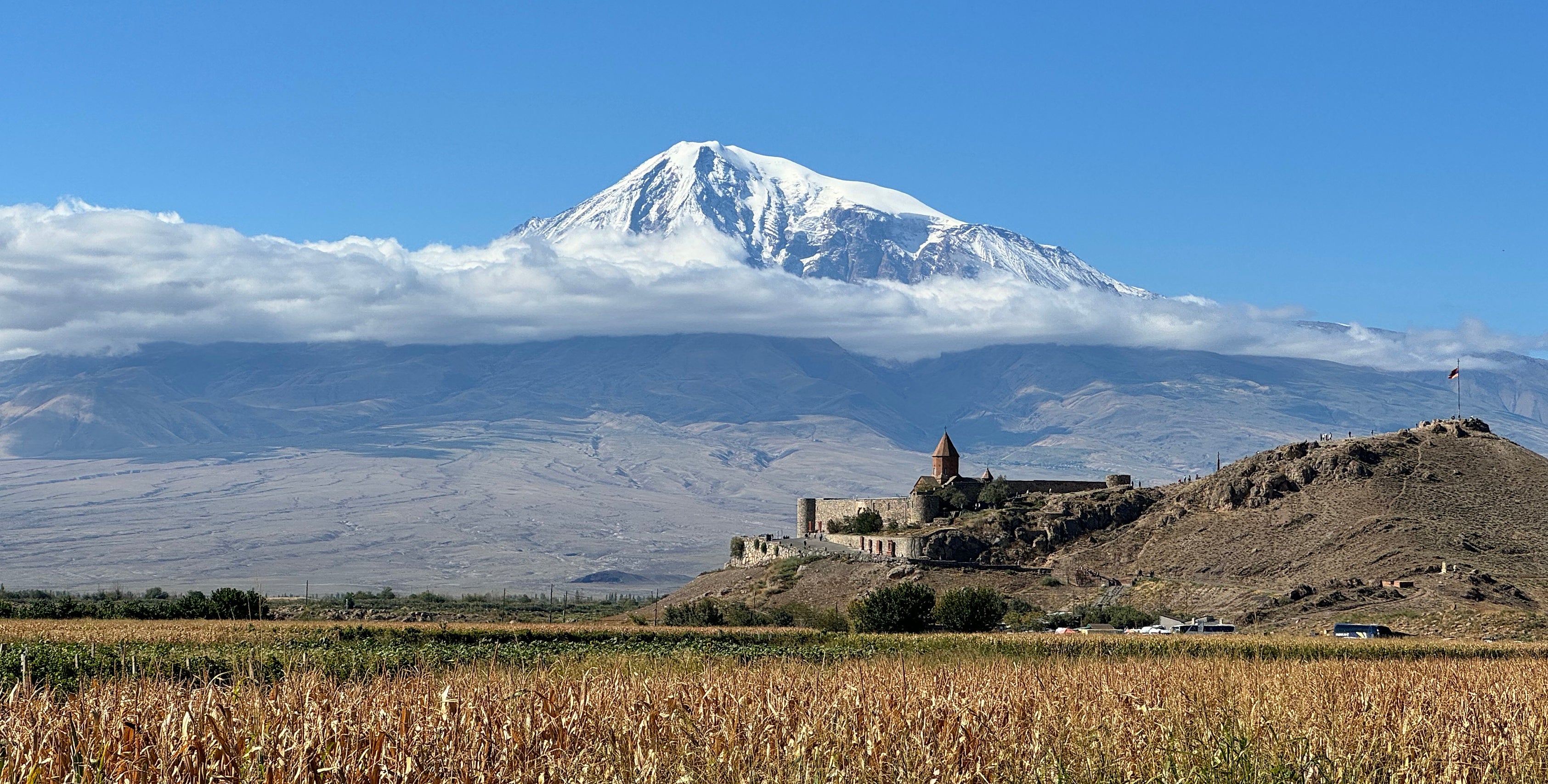The patented substance talaromycin is a secondary product of the metabolism of the filamentous microscopic fungus Talaromyces purpurogenus var. armeniaca . This natural microorganism was discovered during screening testing in the soil of the Ararat Valley in Armenia as early as 1972.
Metabolites of the microorganism Talaromyces purpurogenus var. armeniaca are characterized by unique bioactivity, i.e. the ability to influence biological processes in living organisms, including the human body. The microorganism produces a red pigment , which contains very valuable bioactive substances that positively affect the immune system. In terms of bioactivity and dynamics of biosynthesis, the Ararat microscopic fungus stands out among the microorganisms known to date.
The effects of talaromycin have been verified by numerous experimental and clinical studies, in which it was found that, due to its positive effect on the immune system , it prevents the development of many diseases or facilitates their course.

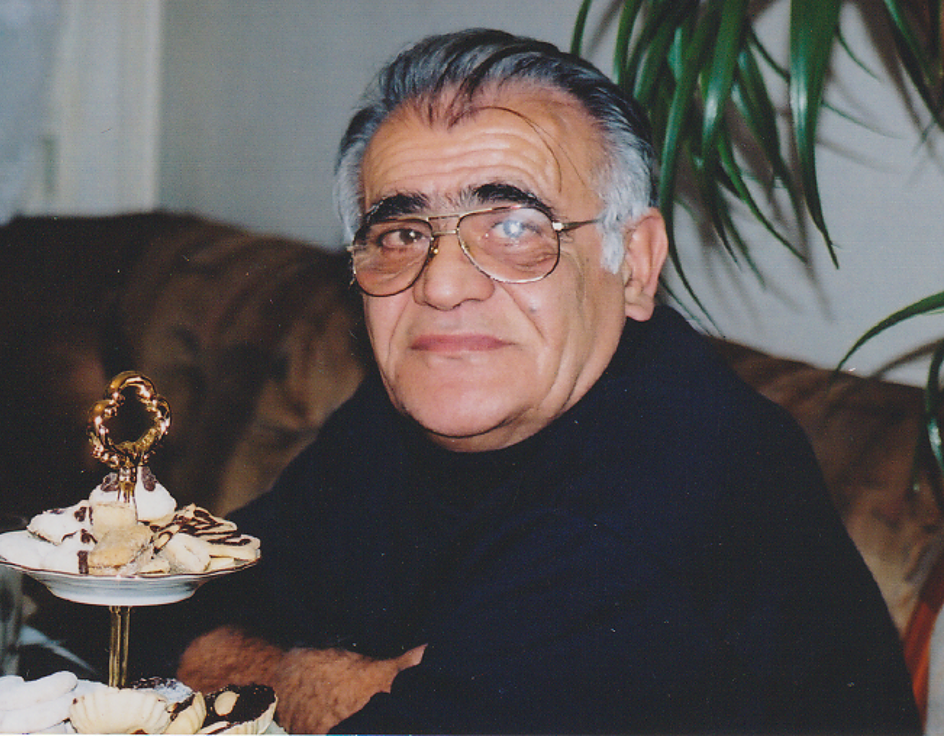
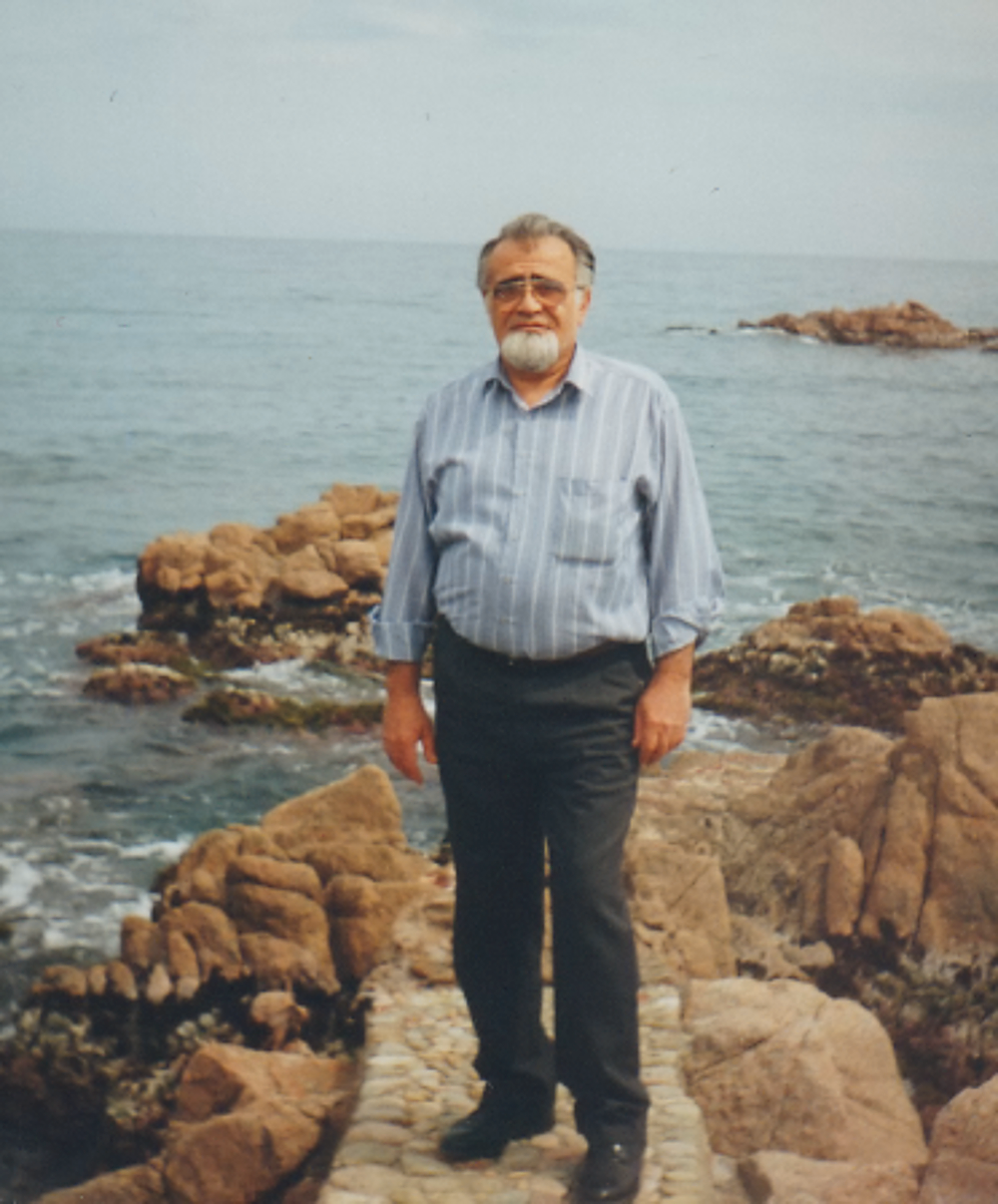

Eduard Sardaryan and Talaromycin
The story of talaromycin began in 1972, when Dr. Eduard Sardaryan (1939–2020) discovered a microscopic fungus with extraordinary properties while researching soil in the valley of Mount Ararat. This discovery led him to many years of research into its effects on the human body and the development of technology for its processing.
Eduard Sardaryan was born in Yerevan and grew up in the difficult conditions of post-war Armenia. From a young age, he was fascinated by science, nature and microbiology, which he studied in Leningrad. After returning to Armenia, he devoted himself fully to scientific activity and in 1983 defended his dissertation on the biological effects of a newly discovered microorganism, thereby receiving the title of Doctor of Biological Sciences.
After the collapse of the Soviet Union, Armenia faced political and economic upheaval. Eduard Sardaryan decided to continue his life's project in the Czech Republic, where he further developed his research and laid the foundations for today's use of talaromycin.
Why is talaromycin unique?
The patented natural substance talaromycin is primarily an immunoregulator, i.e. a substance that helps regulate the state of immunity. Simply put, the immunoregulator itself evaluates where your immunity needs help .
The active ingredient talaromycin supports detoxification processes in the body and, with its antioxidant effect, contributes to the harmonization of individual organ systems and contributes to the proper functioning of the body and overall well-being.
For the proper functioning of the organism, it is important to slow down oxidative processes (cell aging) and activate so-called apoptosis (controlled killing of diseased or damaged cells). Talaromycin excels in its ability to block unwanted oxidative processes and normalize apoptosis.
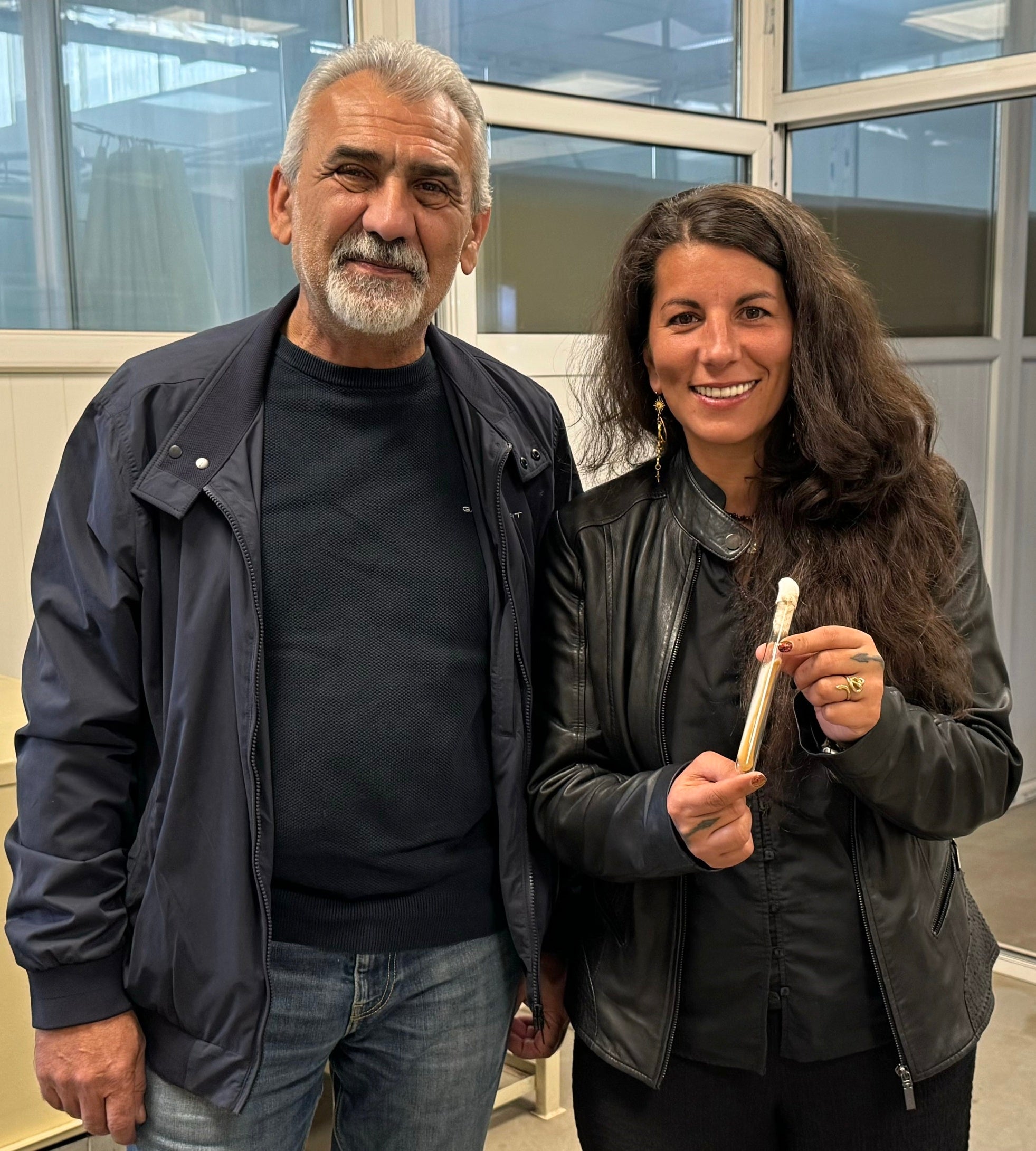
The natural substance talaromycin:
- has a positive effect on the immune system,
- prevents the occurrence of many diseases, or facilitates their course,
- supports detoxification processes in the body,
- slows down cell aging,
- helps in the controlled elimination of diseased and damaged cells,
- has an antioxidant effect,
- It contributes to the proper functioning of the body and overall well-being.
Talaromycin production
Talaromycin is produced in Armenia through a demanding biotechnological process with subsequent standardization, which guarantees better absorption in the human body .
In the first phase of production, the microorganism is prepared in the form of a production strain in the laboratory. From the beginning, the best-grown colony of the microorganism is selected and allowed to grow for several days. It is first cultivated in test tubes, then on laboratory dishes and then in Erlenmeyer flasks, each time in a strictly sterile environment. Then the selected and best-grown microorganism is sterilely transferred to seed fermenters for several days, where it grows to the desired size. The contents of the seed fermenter are then sterilely transferred to large-scale production fermenters.
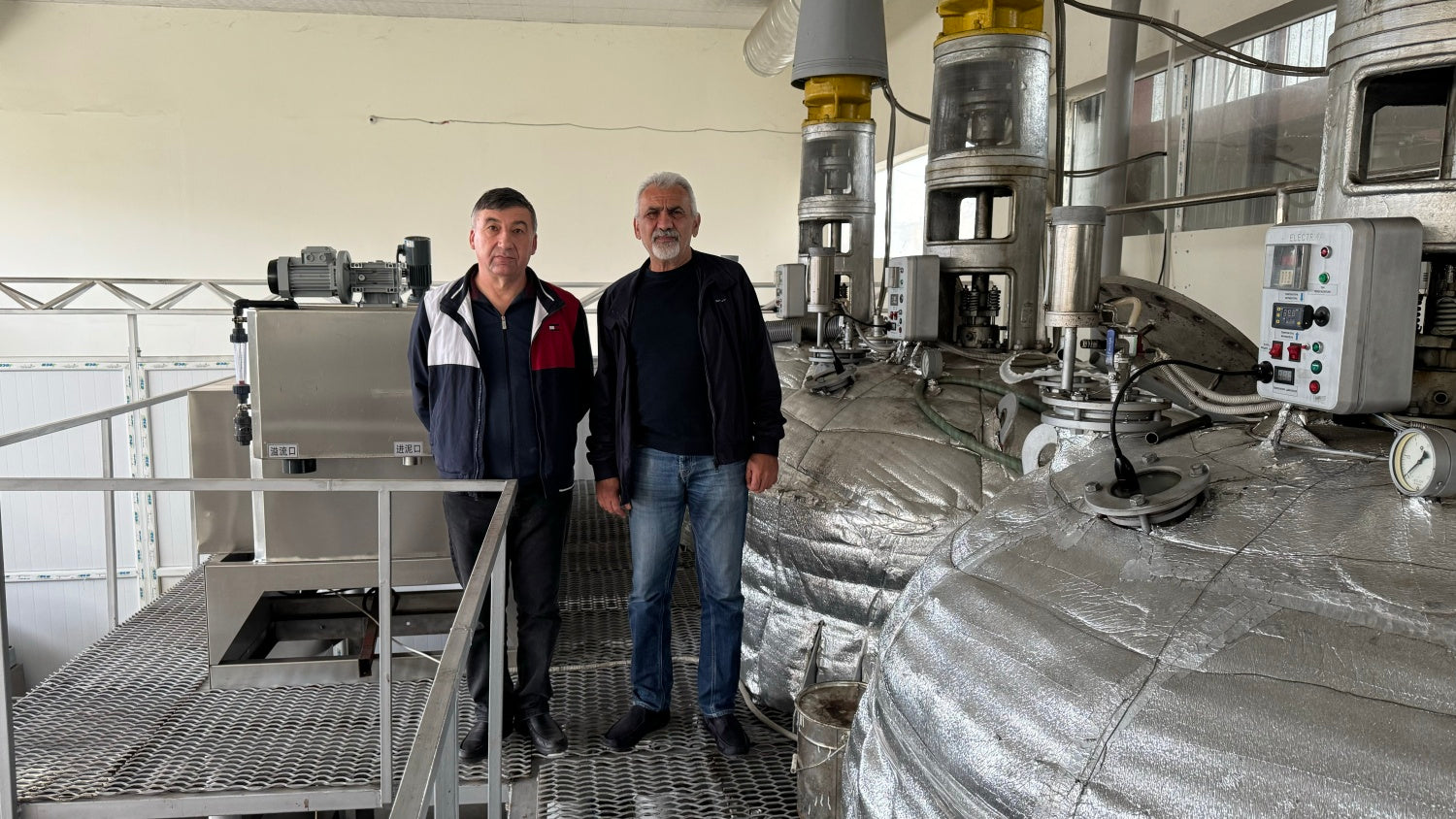
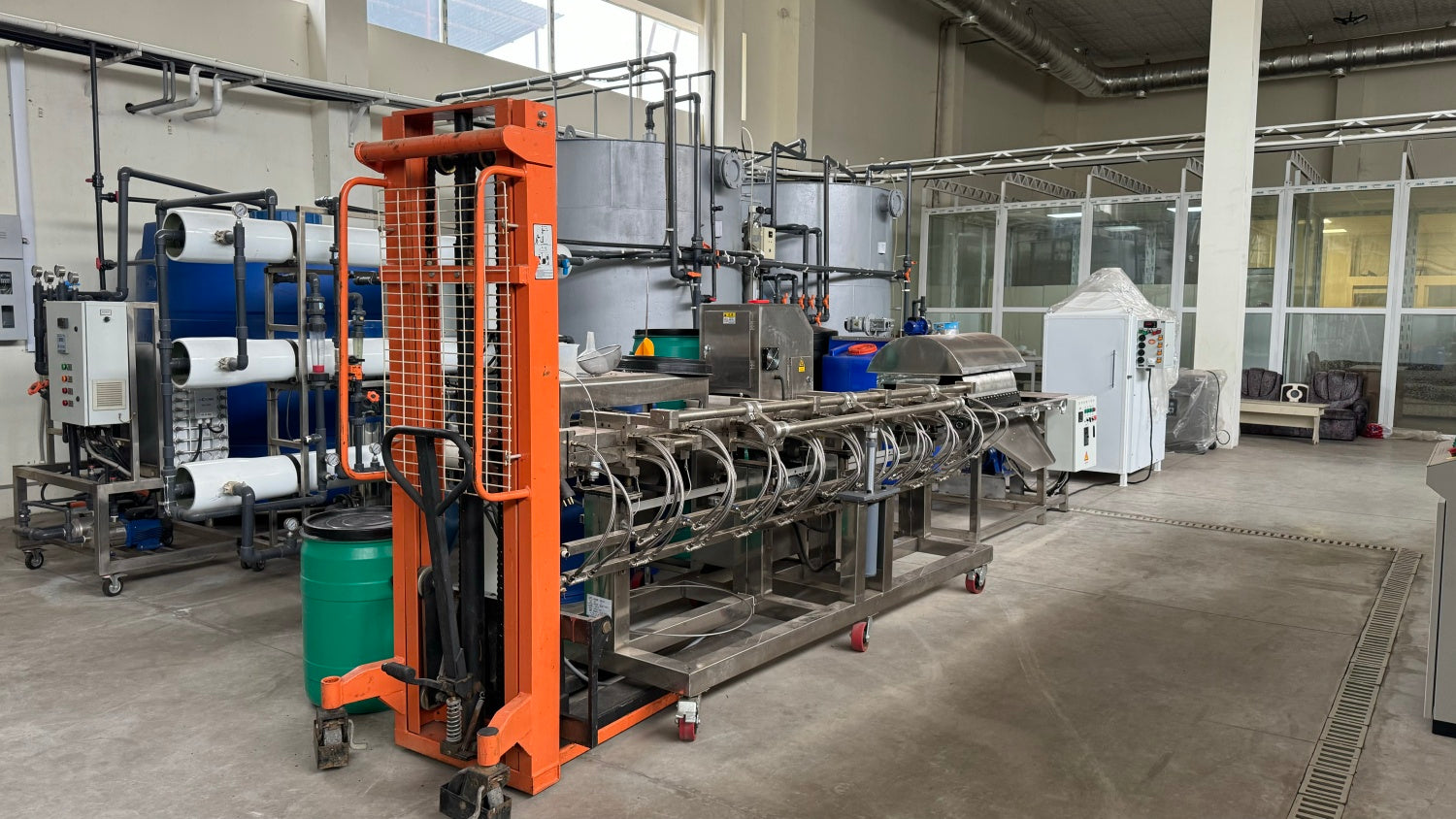
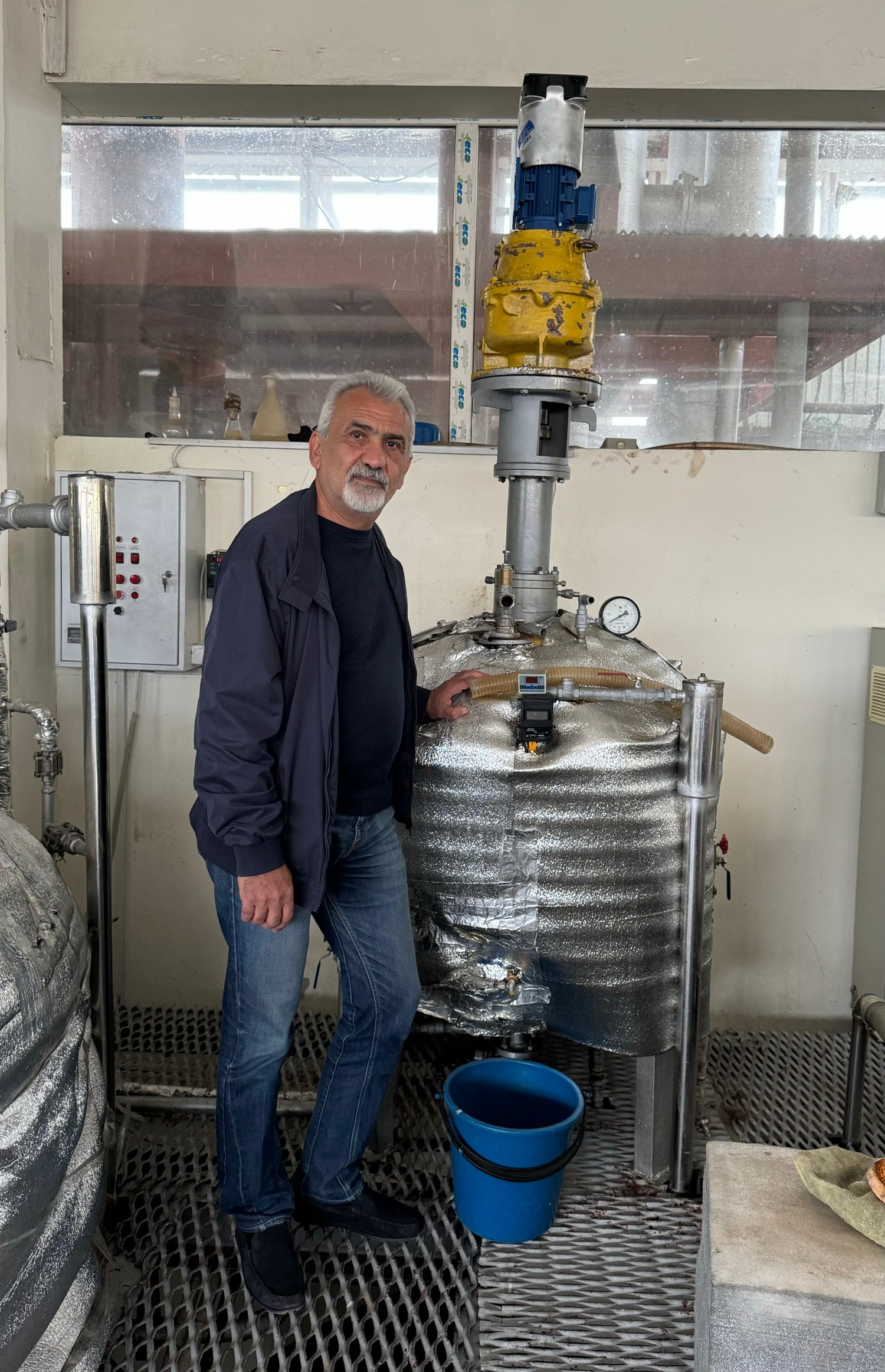

Patented fermentation process
The fermentation process of the microorganism Talaromyces purpurogenus is a patented production secret. However, it is a complex biotechnological production process in which the microorganism Talaromyces purpurogenus is transformed into a type of aquatic microscopic fungus within a few days in a fermenter. The microorganism is very sensitive, it needs specific conditions for its growth, such as constant temperature and pH, sufficient nutrients, pressure in the tank and a sufficient amount of supplied and evenly distributed oxygen. The fermentation process is very demanding and any violation in the process at this stage of the production cycle can lead to degradation of growth and thus to the unsuccessful completion of the expensive fermentation. For this reason, the entire fermentation process is controlled and monitored by a technological control system that tracks and records all measured values during production, every second. A sterile environment is used throughout the fermentation process to prevent contamination of the microorganism and deterioration of the resulting product.
After the fermentation part of the production is completed, the resulting product is filtered on several filtration devices, including a final nanofiltration. The very last stage of production is drying, which takes place in a spray dryer at high temperature. The substance is pushed through a high-speed device and a sprayer into a tank, which is heated to 150–250°C.
The result is the final product – a dark red powder with the desired properties and quality, i.e. the active substance talaromycin. The overall production of the active substance is very energy, technological and time-consuming. However, it is ecologically clean and almost waste-free.


